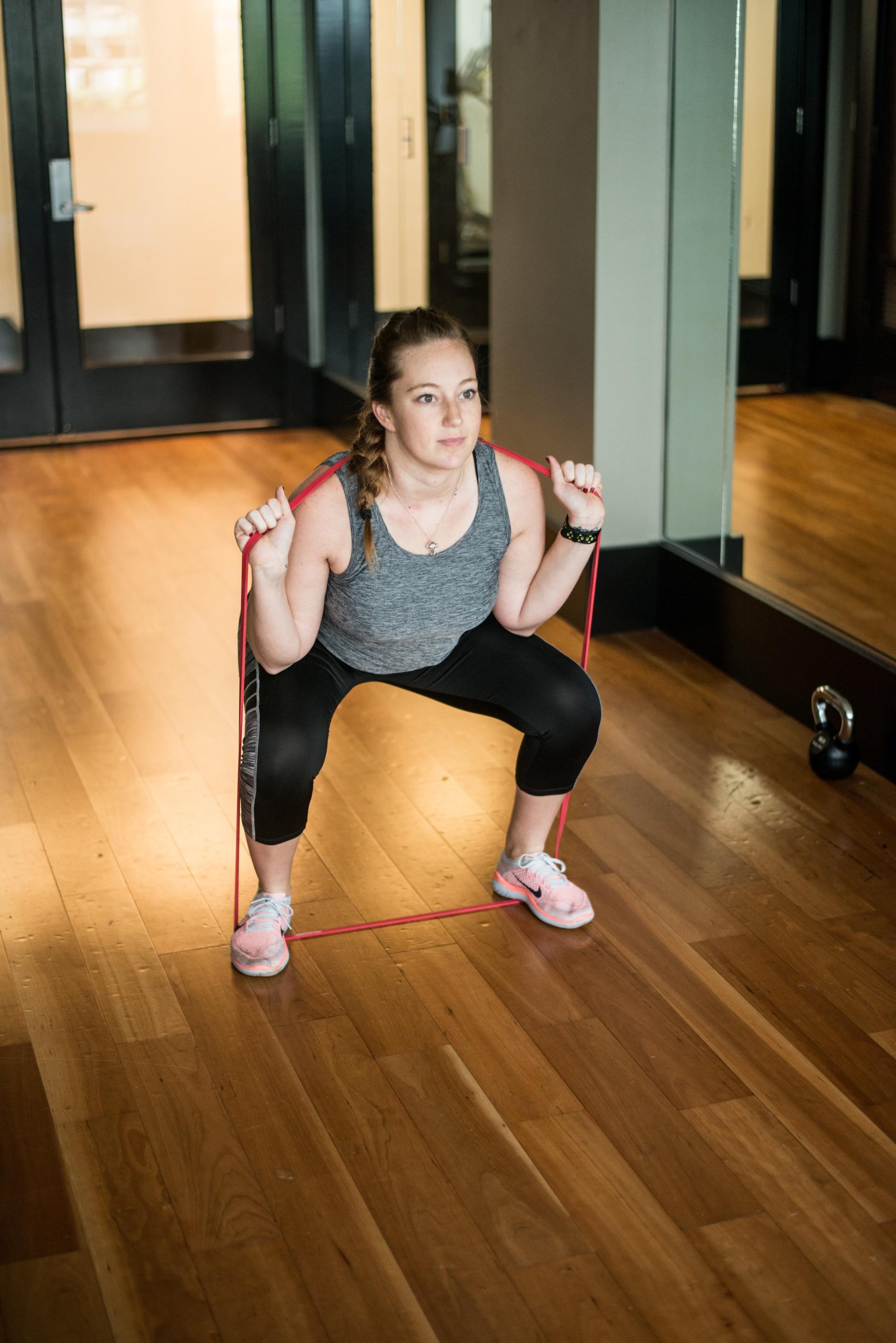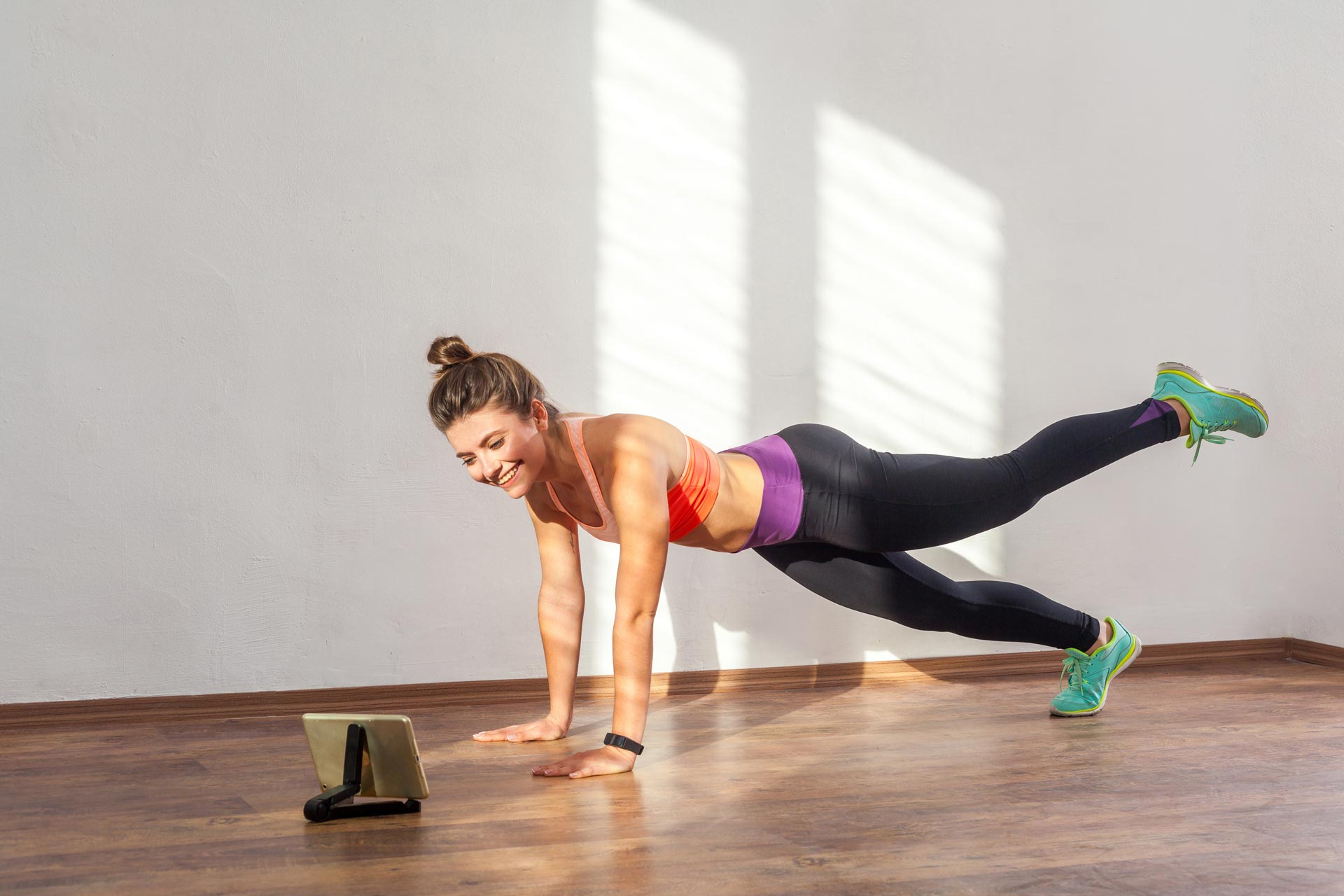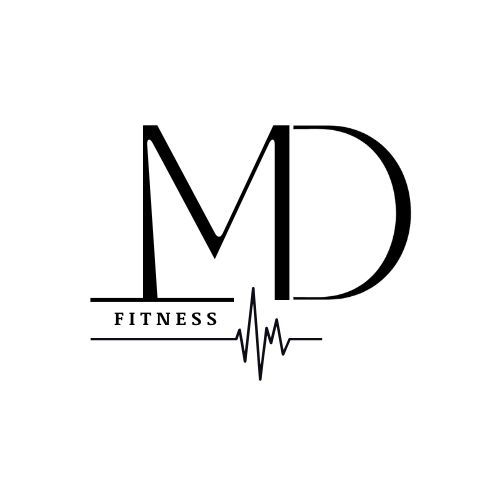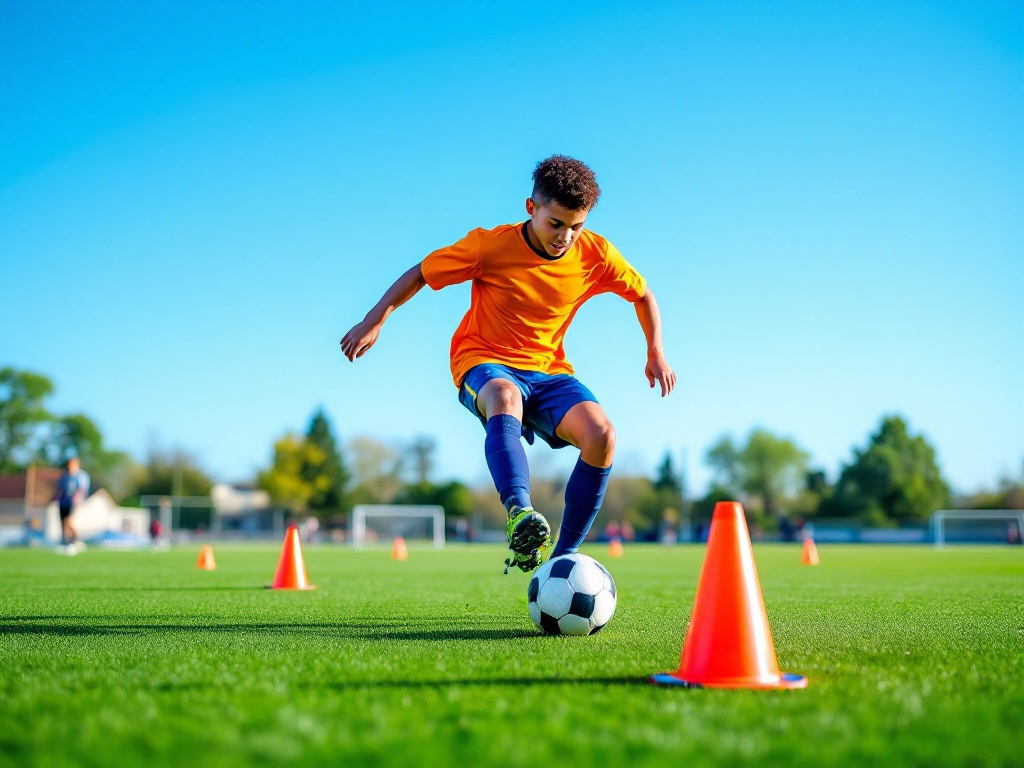Blog
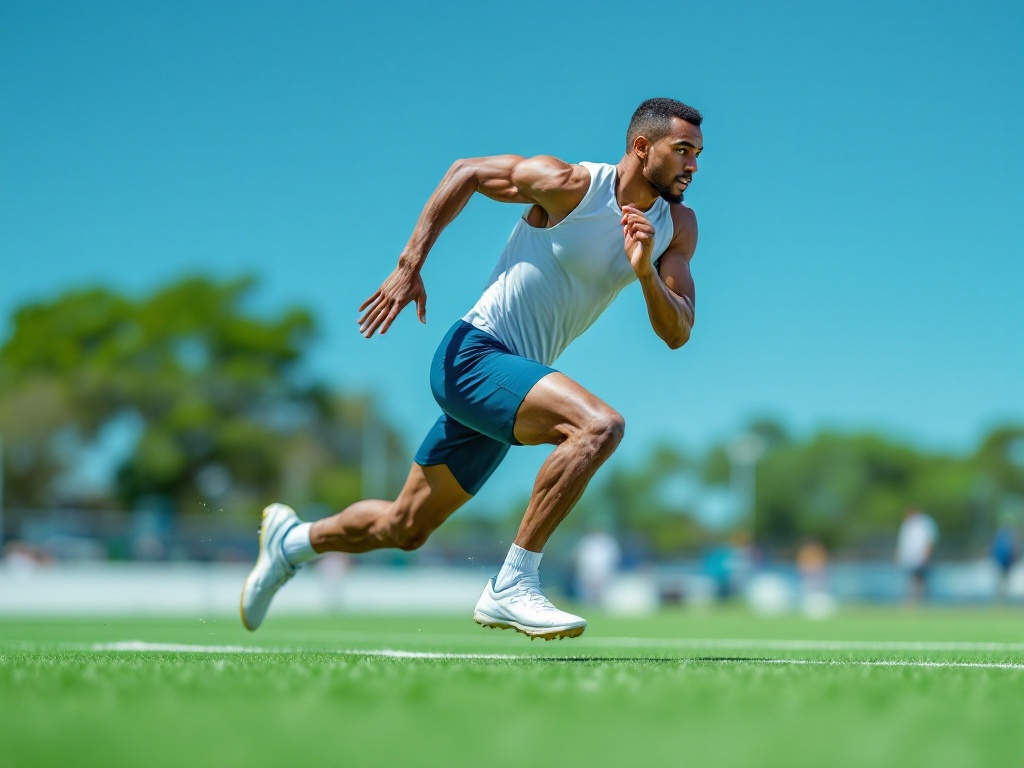
Sprint mechanics are a crucial part of athletic performance, whether you’re a rugby player looking to break through the defence or a soccer player aiming to outpace your opponents. Unfortunately, many athletes unknowingly develop poor sprinting habits that limit their speed and efficiency. At MD Fitness, we specialise in refining sprint mechanics to help athletes of all levels reach their full potential. Here are the most common sprinting mistakes we see—and how to fix them. 1. Poor Posture Many athletes lean too far forward or backward when sprinting, which can throw off their balance and reduce their power. Proper posture is key to efficient sprinting. Fix: Focus on maintaining a slight forward lean from the ankles, not the waist. Keep your head neutral, eyes forward, and shoulders relaxed. 2. Overstriding Overstriding—when your foot lands too far in front of your body—acts as a brake, slowing you down and increasing your risk of injury. Fix: Aim to land your foot directly beneath your hips. Drive your knees forward and focus on quick, powerful strides rather than long ones. 3. Inefficient Arm Movement Swinging your arms across your body or keeping them too stiff can waste energy and disrupt your momentum. Fix: Keep your arms bent at a 90-degree angle and swing them forward and back, staying in line with your shoulders. Your hands should move from your cheek to your hip in a smooth motion. 4. Lack of Core Engagement A weak core can lead to instability and inefficiency in your stride, making it harder to maintain speed. Fix: Incorporate core-strengthening exercises like planks, Russian twists, and medicine ball slams into your training routine. A strong core provides the stability needed for efficient sprinting. 5. Neglecting Acceleration Technique Many athletes start their sprints without focusing on proper acceleration, which is critical for building momentum. Fix: During the first few strides, stay low and drive forward with powerful pushes off the ground. Gradually rise into an upright position as you gain speed. How MD Fitness Can Help At MD Fitness, we use motion tracking technology to analyse and refine sprint mechanics, ensuring every athlete maximises their potential. Whether you’re a junior athlete or a seasoned player, our tailored programs focus on: Sprint technique analysis Core strength development Speed drills for acceleration and efficiency Ready to Sprint Smarter? Book your free 20-minute consultation today and let us help you refine your sprint mechanics for optimal performance.

Sport-specific training focuses on developing the exact physical and technical skills needed for a particular sport or position. Whether you’re a rugby union tight five player or a soccer midfielder, your training should prepare you for the unique challenges of your role on the field. For example: Rugby tight five players need explosive power, strength, and scrummaging technique to dominate in the front row. Soccer midfielders require a mix of speed, agility, and endurance to cover the field and maintain control of the game. Our programs at MD Fitness are designed to target these specific needs, ensuring you’re not just fit but also game-ready. Why is Sport-Specific Training Important? Maximised Performance Generic gym workouts may help you build strength, but sport-specific training hones in on the exact movements and skills you’ll use during a match. For rugby players, this could mean improving your ability to tackle and scrummage, while soccer players might focus on sprint mechanics and quick directional changes. Injury Prevention Each sport comes with its own set of physical demands—and risks. Sport-specific training strengthens the muscles and joints most at risk in your sport, helping prevent injuries. For instance, soccer players often benefit from knee stabilization exercises, while rugby players need neck and shoulder strengthening. Position-Specific Development Not all positions in rugby or soccer require the same training. Players in speed-focused roles, like rugby backs or soccer forwards, benefit from sprint drills and acceleration work. Meanwhile, strength-focused positions, like rugby front row players, focus on powerlifting and resistance training. What Does Sport-Specific Training Look Like at MD Fitness? At MD Fitness, we combine years of experience with cutting-edge techniques to deliver results. Our programs include: Strength Training: Build the power you need for tackles, scrums, or explosive sprints. Speed and Agility Work: Improve your acceleration, change of direction, and overall quickness. Injury Prevention Exercises: Strengthen vulnerable areas to keep you in the game. Motion Tracking Technology: Analyze and refine your mechanics for optimal performance. Ready to Take Your Game to the Next Level? Whether you’re a rugby player looking to dominate the scrum or a soccer player aiming to outpace the competition, sport-specific training is the key to unlocking your full potential. At MD Fitness, we’re here to help you achieve your performance goals with tailored programs designed just for you. Book your free 20-minute consultation today and let’s start building a program that’s as unique as your game.
